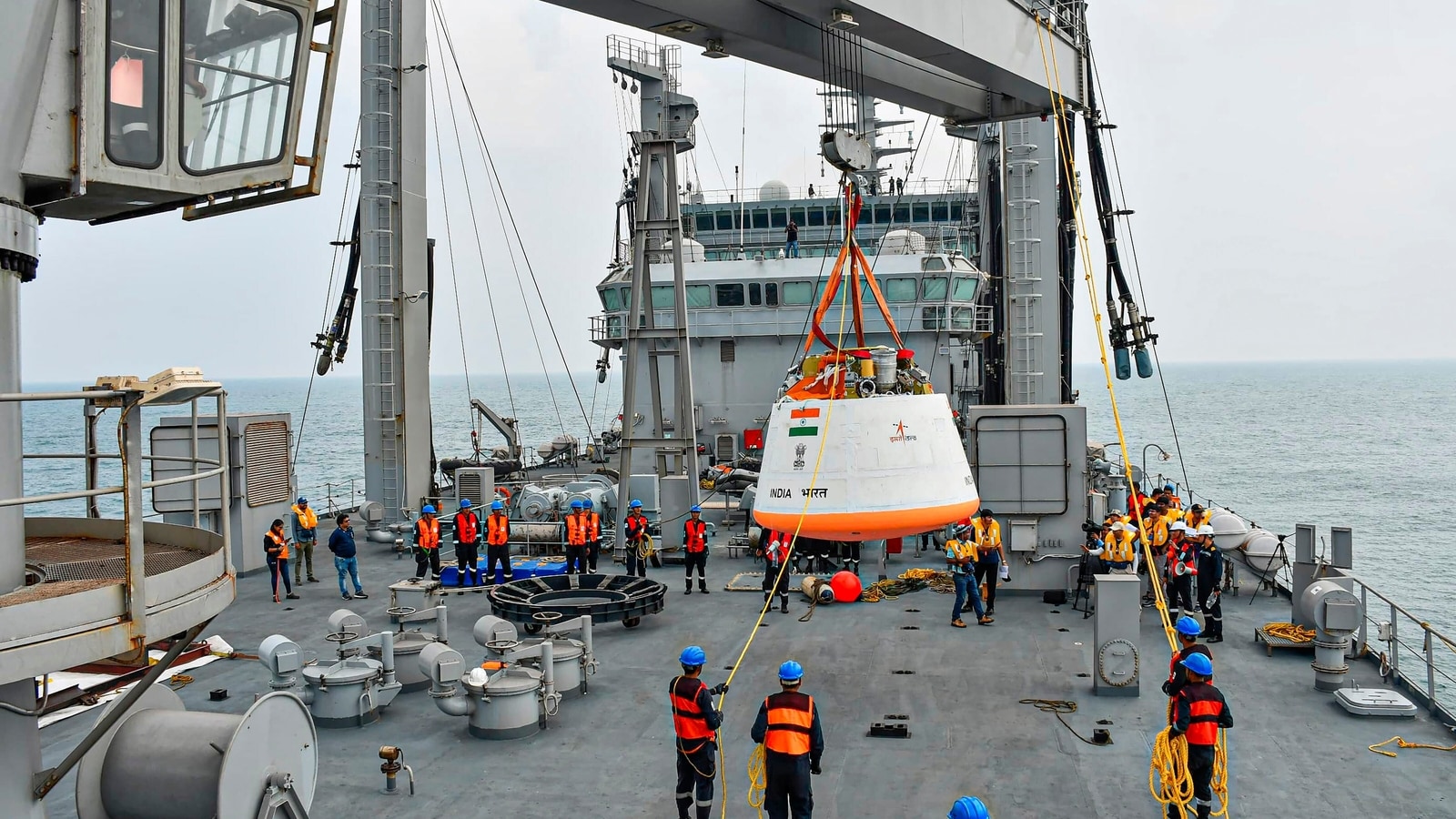ISRO’s Aditya-L1 mission spacecraft has achieved a significant milestone in its mission to study the Sun. The spacecraft has captured the first-ever high-energy X-ray of solar flares during its monitoring phase. This breakthrough comes after a series of successful manoeuvres, including a Trans-Lagrangean Point 1 Insertion (TL1I) manoeuvre, which has positioned the spacecraft at the halo orbit of Lagrange Point 1.
The Indian Space Research Organisation (ISRO) shared the update about the Aditya-L1 mission through their official Twitter handle. The HEL1OS spectrometer, attached to the spacecraft, was responsible for capturing the first high-energy X-ray of solar flares, along with GOES X-ray light curves. This achievement provides valuable insights into the explosive energy release and electron acceleration during impulsive phases of solar flares.
According to ISRO, solar flares are sudden occurrences of the Sun’s outer layers that emit harmful radiations across the electromagnetic spectrum. The HEL1OS is currently in the fine-tuning phase of thresholds and calibration operations and will continue to study the Sun’s high-energy X-ray activities.
The High Energy L1 Orbiting X-ray Spectrometer (HEL1OS) is designed to study the Sun’s explosive energy release, electron acceleration, and transport during solar flares with fast timing measurements and high-resolution spectra. Developed by the Space Astronomy Group of the U.R. Rao Satellite Centre, ISRO, Bengaluru, in collaboration with other center entities, the HEL1OS spectrometer has been studying the Sun’s solar flare activities since October 27th.
This groundbreaking development in solar observation marks a significant achievement for ISRO and will contribute to a deeper understanding of the Sun’s activities. The space agency is expected to provide more information on their findings as the mission progresses.

I have over 10 years of experience in the cryptocurrency industry and I have been on the list of the top authors on LinkedIn for the past 5 years. I have a wealth of knowledge to share with my readers, and my goal is to help them navigate the ever-changing world of cryptocurrencies.




